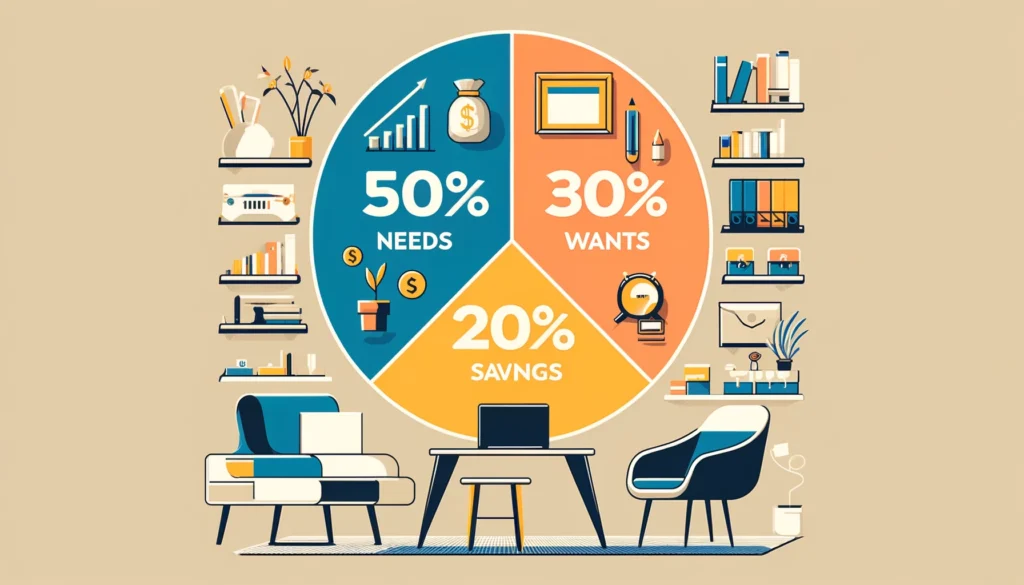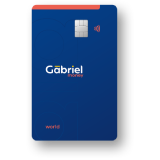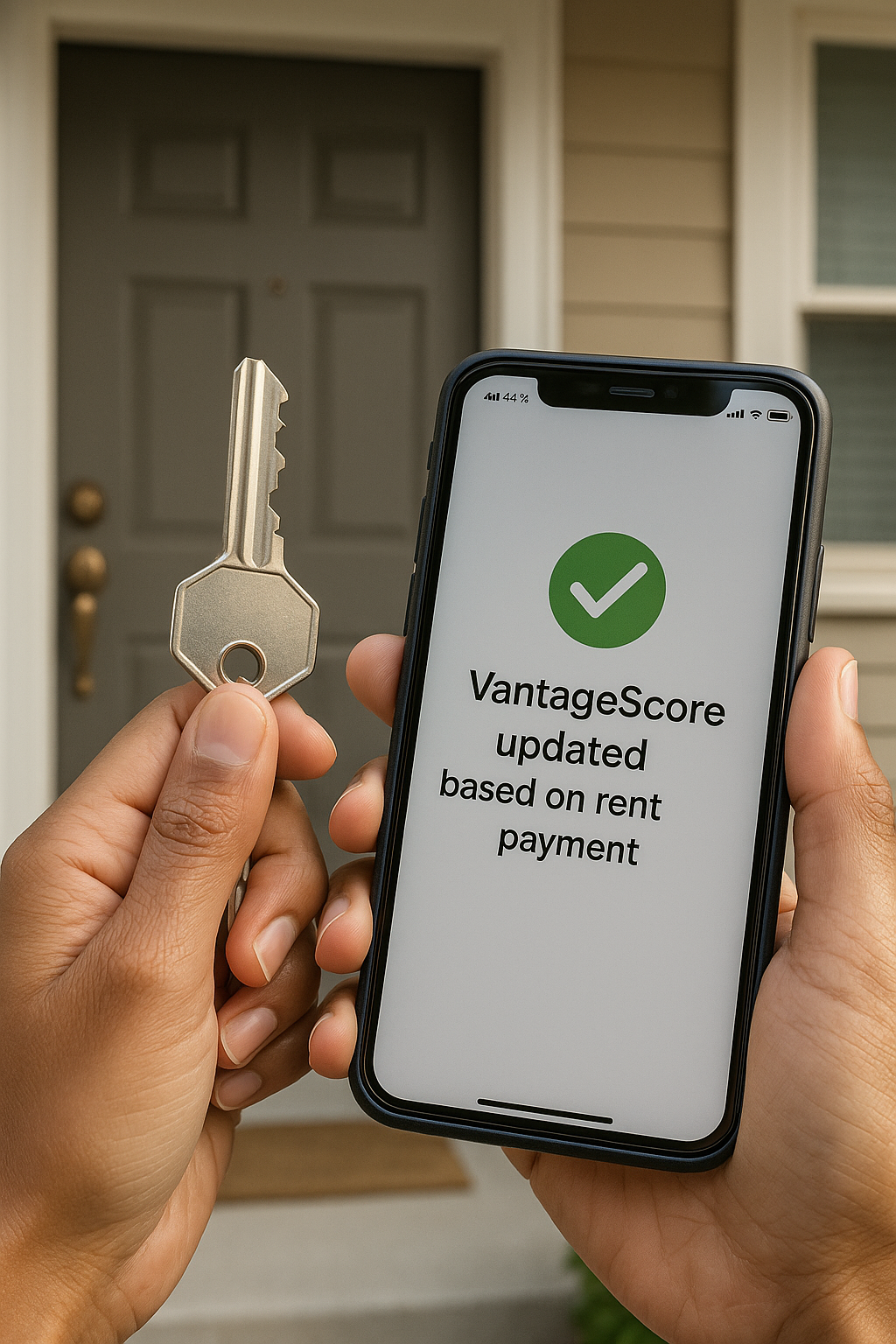
Introduction:
Budgeting is a fundamental aspect of personal finance management. It empowers individuals to take control of their financial lives, prioritize spending, and work towards their financial goals. While there are various budgeting methods available, one popular approach that has gained traction in recent years is the 50/30/20 budget rule.
Understanding the 50/30/20 Budget Rule:
The 50/30/20 budget rule offers a simple yet effective framework for allocating income across different categories. It divides expenses into three main categories: needs, wants, and savings, with each category receiving a specific percentage of your income.
- Needs (50%): This category includes essential expenses that are necessary for daily living, such as housing, utilities, groceries, transportation, and healthcare. These are expenses that you cannot do without and are crucial for maintaining a basic standard of living.
- Wants (30%): Wants refer to discretionary expenses that are not essential for survival but contribute to your quality of life and enjoyment. This category encompasses non-essential purchases such as dining out, entertainment, travel, hobbies, and luxury items.
- Savings (20%): The savings category is dedicated to setting aside a portion of your income for future financial goals and emergencies. This includes contributions to savings accounts, retirement accounts, investment accounts, and debt repayment.
Implementing the 50/30/20 Budget Rule:
Implementing the 50/30/20 budget rule is a straightforward process that involves following these steps:
- Calculate Your After-Tax Income: Start by determining your net income, which is your total income after taxes and other deductions.
- Allocate Percentages: Allocate 50% of your income to needs, 30% to wants, and 20% to savings. Use these percentages as guidelines to determine how much you can spend in each category.
- Track Your Expenses: Monitor your spending and categorize expenses according to the 50/30/20 rule. There are various budgeting tools and apps available to help you track your expenses and stay within budget.
- Adjust as Needed: Review your budget regularly and make adjustments as necessary. If you find that you’re overspending in one category, consider cutting back on discretionary expenses or finding ways to increase your income.
Advantages and Considerations:
The 50/30/20 budget rule offers several advantages for individuals looking to manage their finances effectively:
- Simplicity: The rule provides a straightforward framework that is easy to understand and implement, making it accessible to individuals at all financial literacy levels.
- Flexibility: The rule allows for flexibility in spending, giving individuals the freedom to allocate a portion of their income towards discretionary expenses while still prioritizing savings.
- Goal-Oriented: By allocating a specific percentage of income to savings, the rule encourages individuals to prioritize long-term financial goals such as retirement savings, emergency funds, and debt repayment.
While the 50/30/20 budget rule is a valuable tool for many individuals, it may not be suitable for everyone. Individuals with high levels of debt or irregular income may need to adjust the percentages to better suit their financial situation. Additionally, unexpected expenses or changes in income may require flexibility in budgeting priorities.
Conclusion:
The 50/30/20 budget rule offers a practical and effective way to manage your finances and achieve your financial goals. By allocating your income to needs, wants, and savings in the appropriate proportions, you can take control of your spending, build savings, and work towards a secure financial future. Whether you’re just starting your financial journey or looking to improve your budgeting skills, the 50/30/20 rule provides a solid foundation for mastering your finances.







